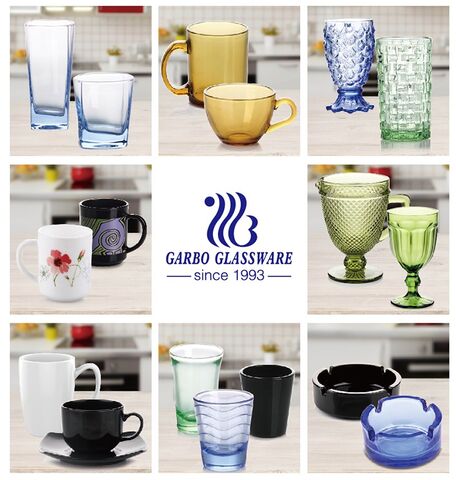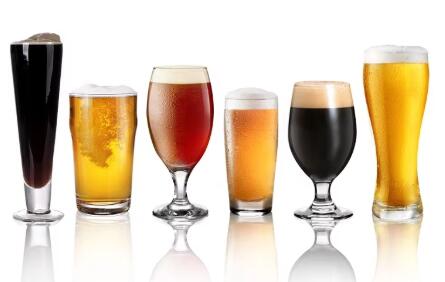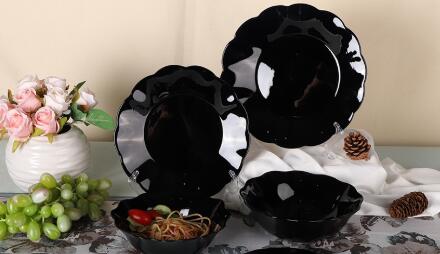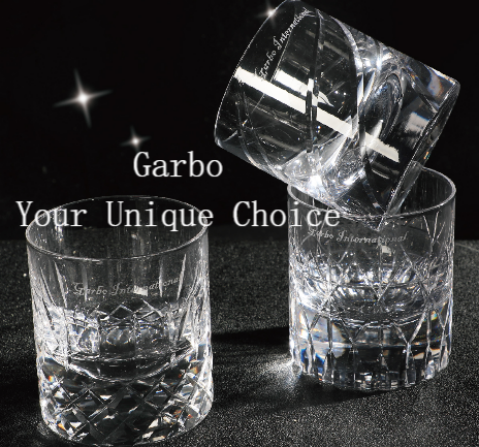Will there be toxins precipitated for using a colored glass?
Pulished on May. 14, 2019The colorful glass adds a lot of fun to our lives, but the seemingly pleasing world is hidden.
If you are not careful, you will be poisoned "by the color"!
We all love colored glass, because color gives us more visual feast!
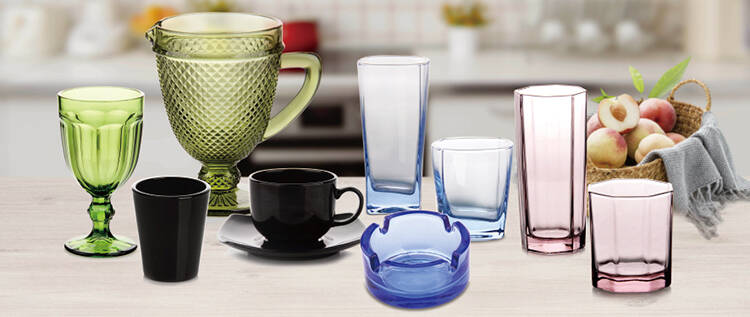
But at the same time, there will be such questions:
Drinking hot water in a colored glass, will there be toxins precipitated?
Most of the glass sold on the market is transparent, and the colored glass that we
can see on the market is basically divided into spray glass and solid color glass.
As the name suggests, sprayed glass is the color sprayed on the glass. People who have
renovated the home know the furniture spray paint!

What is the difference between color glass and spray glass?
The solid color glass is mainly used to integrate color and glass through the material coloring
technology and organic raw materials. The beautiful glass blocks and embossed glass lamps are
made in this way in Europe, the Middle East and South America.

The solid color glass uses a water-based organic coating, which combines organic raw materials
and glass liquid through preheating, melting and stirring. This sounds simple coloring process,
which is extremely demanding on professional technology and equipment, which is why many
small businesses cannot.
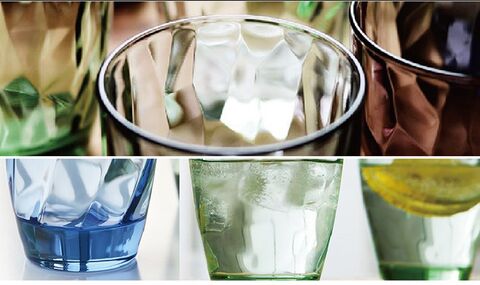
In the case of a channel design for adjusting the temperature of the glass and homogenizing the glass,
the ordinary channel generally consists of a cooling section and an adjustment section. For the coloring
channels, additional channels are required to feed, melt and agitate the organic materials before the glass
cooling and conditioning sections. This is the key to ensuring that we can see a beautifully colored glass!
It is much easier to answer the questions at the beginning. Isn't all colored glass safe?
The answer is not that the solid color glass will not!

Ordinary glass is smelted together with quartz sand, soda ash and limestone. It is a mixture of silicates that
are not fixed. The coloring glass is added with cobalt (Co), manganese (Mn), nickel (Ni), iron (Fe), copper in
the silicate during smelting. Compounds such as (Cu) transition elements exist in the ionic state in the glass,
and their valence electrons transition between different energy levels (ground state and excited state), causing
selective absorption of visible light, such as cobalt blue and manganese. Purple, nickel green and other color glass.
Although these added transition metal elements exist in ionic form, these ions are not easily decomposed, and
these ions form a tetracoordinate or hexacoordinate complex in the glass with the silicate oxygen, which is very
stable. Therefore, the heavy metal ions of the color material glass will not be decomposed by the boiling water of
100 ° C... In short, the color material and the raw liquid of the color material glass are melted together, and will not
be resolved due to the high temperature!
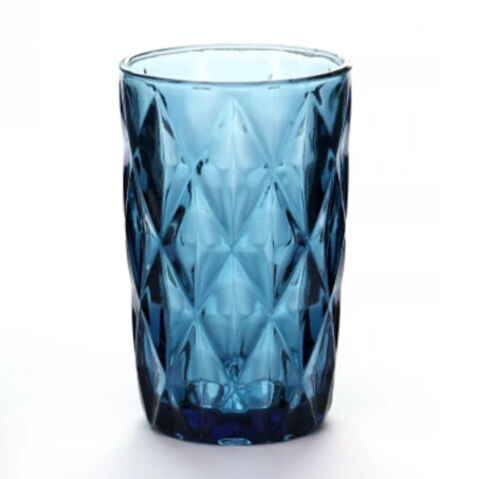
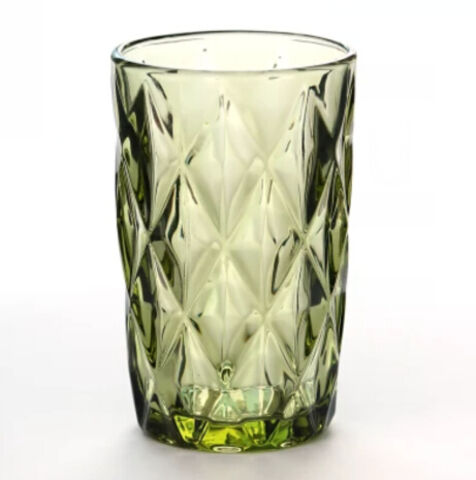
Finally, the questions you care about most come:
How to distinguish between sprayed glass and color glass?
1.Look at the bottom of the cup and the color of the cup. The color of the spray will be uneven and the color will be uniform and transparent.
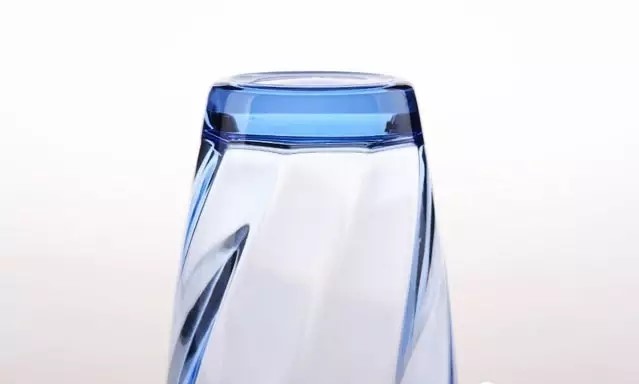
2.Scratch the surface of the object with a hard object, the color of the spray will fall off the paint, and the color will not, so you could distinguish it.
